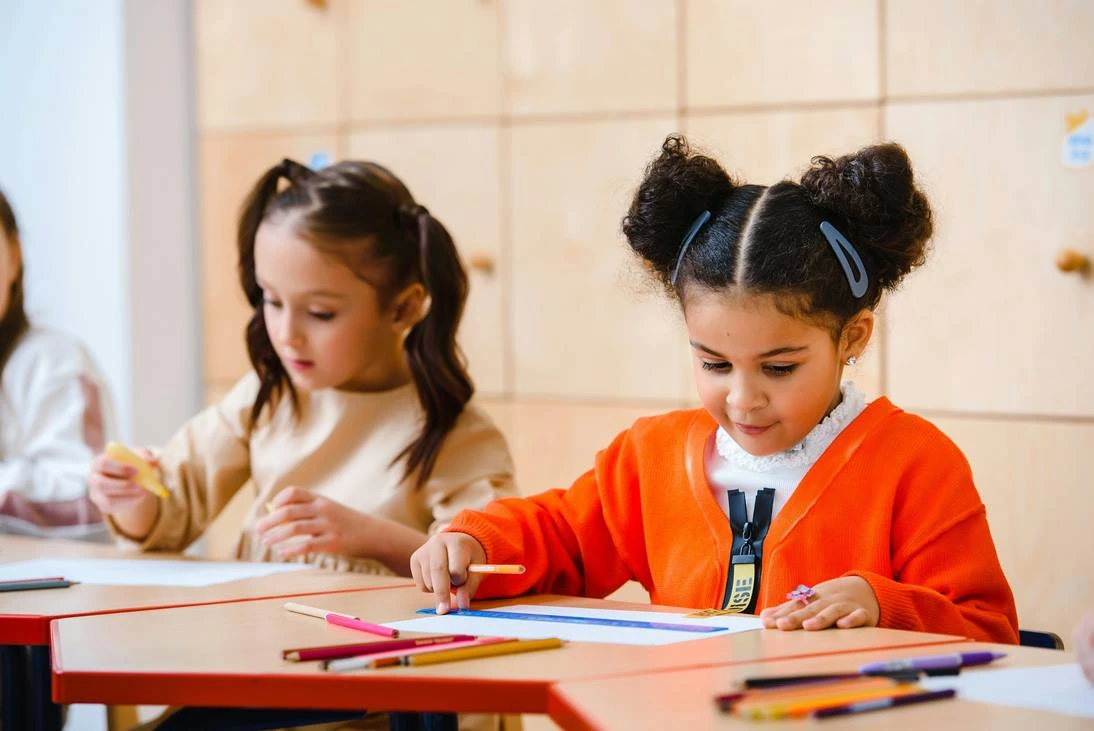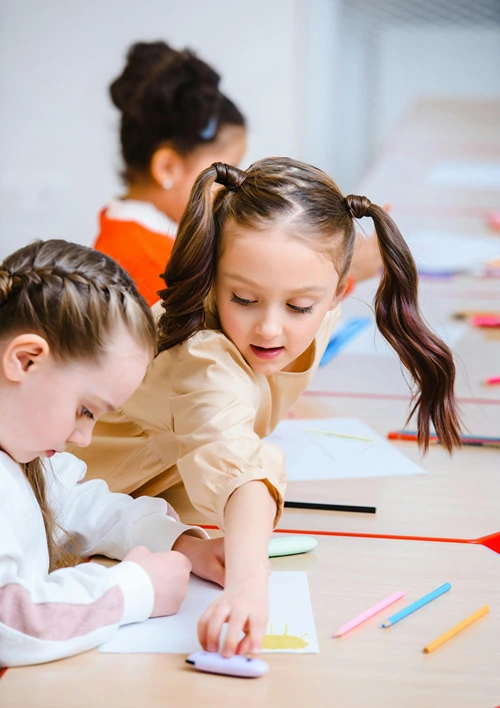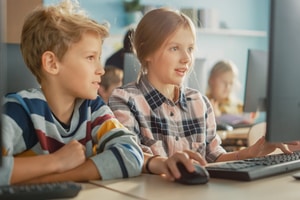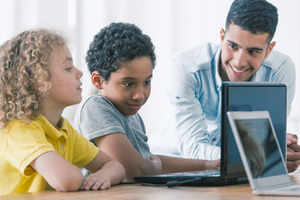Turning Everyday Photos into Engaging Coloring Pages: A Parent’s Guide to Creative Fun and Learning
In today’s digital age, where screens dominate much of children’s playtime, finding ways to combine technology with hands-on creativity can be a game changer for parents and educators. One such activity is turning ordinary photos into printable coloring pages.
This simple yet rewarding process not only encourages artistic expression, but also supports child development in a meaningful way. As a resource dedicated to safe, educational experiences for children, we explore how to create these personalized coloring pages at home, emphasizing safety, accessibility, and the educational benefits they offer.
Coloring has long been a staple of childhood activities, but personalizing it with family photos adds a layer of emotional connection and relevance. Imagine your child coloring an outline of their favorite pet, a family vacation snapshot, or even a drawing based on their own artwork. With today’s online tools, it’s easier than ever to make picture into a coloring page, transforming cherished memories into creative projects. This guide walks you through the whys, hows, and what to look for, drawing on established principles of child psychology and digital safety to ensure that the experience is both fun and safe.
The educational and developmental benefits of coloring pages for children
Before diving into the creation process, it’s important to understand why coloring pages, especially customized ones, are more than just a pastime. Research in child development points to numerous benefits that align with cognitive, emotional, and physical growth.
First and foremost, coloring improves fine motor skills. When children hold crayons, markers, or colored pencils, they practice the precise movements needed for writing and other daily tasks. According to early childhood education experts, activities like coloring strengthen hand muscles and improve dexterity, which can lead to better handwriting and coordination. For younger children, starting with large, simple outlines from photos helps build confidence without overwhelming them.
Creativity is another important benefit. When kids color, they make choices about hues, patterns, and styles that spark their imaginations. Personalized pages from photos take this a step further by allowing kids to reinterpret familiar scenes – turning a photo of a park into a vibrant fantasy landscape, for example. This encourages storytelling and self-expression, helping kids process emotions and experiences through art.
Color recognition and awareness are naturally developed through this activity. By experimenting with hues, kids learn about primary and secondary colors, mixing, and even concepts like warm and cool tones. Themed coloring pages, such as those based on nature photos, can introduce educational elements such as identifying animals, plants, or shapes, making it a subtle learning tool.
Focus and concentration are also greatly improved. In a world full of distractions, sitting down to color requires sustained attention. Studies show that children who engage in coloring have better sense of boundaries – staying within lines teaches spatial awareness and structure. This can lead to improved performance in school subjects such as math, where understanding shapes and patterns is critical.
Emotionally, coloring serves as a stress reliever. It’s a mindful activity that promotes relaxation, similar to meditation for adults. For children, especially those dealing with anxiety or big changes, coloring familiar images from photos can provide comfort and a sense of control. It also builds self-esteem when they complete a page and share it with the family.
Beyond the individual benefits, coloring pages promote social skills. Family coloring sessions can spark conversation, collaboration, and bonding. Parents can use these moments to discuss the original photo and share stories that build family connections and oral history skills.
Historically, coloring books date back to the 19th century, with early examples such as “The Little Folks’ Painting Book” in 1879. They evolved from educational tools that taught morals and facts to modern therapeutic tools. Today, with digital customization, we’re seeing a renaissance where technology enhances traditional play and aligns with the Montessori principles of child-directed learning.
In terms of broader education, coloring indirectly supports STEM (Science, Technology, Engineering, Math). For example, coloring a photo of a bridge might lead to discussions about architecture, or a nature scene might inspire questions about biology. It’s a low-pressure way to incorporate learning into leisure time.
Taken together, these benefits make photo-to-coloring projects a versatile tool for parents looking to balance screen time with offline creativity. By creating pages at home, you can ensure that the content is age-appropriate and tailored to your child’s interests, avoiding generic commercial options that may not resonate.

Step-by-step methods for turning photos into coloring pages
Creating coloring pages from photos doesn’t require advanced skills or expensive equipment. We’ll cover several accessible methods, focusing on free, accessible tools that prioritize safety. Always supervise children during digital steps, and opt for offline methods whenever possible to protect privacy.
Method 1: Use free image editing software (offline approach)
One of the safest ways is to use free, downloadable software such as GIMP (GNU Image Manipulation Program), which is open source and available for Windows, Mac, and Linux. It keeps everything on your device and avoids online uploads.
- Download and install GIMP from its official website (make sure it’s from a trusted source to avoid malware).
- Open your photo in GIMP. Go to File > Open and select the image.
- Convert to grayscale: Colors > Desaturate > Choose a mode like Luminance for a balanced black and white version.
- Adjust the contrast: Colors > Brightness-Contrast. Increase contrast to sharpen edges and reduce midtones to make outlines clearer.
- Apply Edge Detection: Filters > Edge Detection > Edge. Experiment with algorithms like Sobel for bold lines.
- Invert if necessary: Colors > Invert to make lines black on white.
- Clean up: Use the Eraser tool to remove unwanted detail or the Pencil tool to thicken lines.
- Export: File > Export As, save as PDF or PNG for printing.
This method takes about 10-15 minutes and results in clean, customizable pages. It works best for simple photos such as portraits; complex scenes may require manual adjustments.
Method 2: Basic online editors (with privacy precautions)
If you prefer web-based tools, use general-purpose image editors that don’t require registration or store data. Search for “free online image editors” and choose ones with good privacy policies-look for ones that process images client-side (on your browser) without uploading to servers.
Steps:
- Upload your photo to the editor.
- Apply a sketch or outline filter, if available.
- Set to black and white and increase the line thickness.
- Download the result.
Be careful: Never upload photos of children to unknown sites. Use generic images or anonymize them by cropping out faces. Teach kids about digital footprints-explain why we don’t share personal photos online lightly.
Method 3: Mobile apps for quick conversions
Many free apps on app stores allow you to convert photos to outlines. Look for ones rated for children or with parental controls.
- Install a basic photo-editing application.
- Import the photo.
- Use filters like cartoon or sketch to create outlines.
- Save and print.
Apps often have kid-friendly interfaces, making it a family activity. Again, check permissions-avoid apps that access contacts or location.
Method 4: Manual tracing for a hands-on twist
For a low-tech option, print the photo in black and white, place tracing paper over it, and outline with a black marker. Scan or photograph the tracing to digitize it if necessary. This gets kids involved in the process and teaches patience and observation.
Advanced tips for better results
- Choose high-contrast photos: Clear subjects such as animals or objects work best.
- Simplify: Remove backgrounds with selection tools to focus on the main element.
- Thickness: Aim for bold lines (2-5 pixels) so young children can easily color.
- Themes: Turn vacation photos into adventure pages or pet pictures into animal studies.
Test print a sample to make sure lines are visible but not too dense.
Ensure security and privacy in the digital process
Safety is paramount, especially when it comes to photos and online tools. As advocates for Internet safety, we emphasize these guidelines:
- Go offline first: Use software such as GIMP to keep data local.
- Check privacy: If online, read terms – avoid tools that retain images.
- Parental oversight: Walk kids through the steps and discuss why we protect personal information.
- Be age appropriate: For children under 13, comply with COPPA by not using services that require accounts.
- Educate about the risks: Use this as a teachable moment about oversharing online.
By following these guidelines, you are modeling responsible digital habits.
Creative Ideas and Extensions for Family Engagement
Once created, the fun begins! Here are some ways to extend the activity:
- Theme books: Assemble multiple pages into a booklet using a word processor.
- Educational twists: Add labels for learning (e.g., color by number).
- Group play: Host coloring parties to build social skills.
- Variations: Experiment with dotted lines for connect the dots or partial colors for matching games.
These encourage lifelong learning and align with our focus on nurturing curious minds.
Encouraging creativity through secure customization
Turning photos into coloring pages bridges the digital and analog worlds and offers endless educational benefits. From improving motor skills to sparking imagination, it’s a tool every parent can use. By prioritizing safety and simplicity, you create meaningful experiences that last. Encourage your kids to explore, color outside the lines, and discover the joy of creating. With these steps, you’re not just making art-you’re building skills for tomorrow.






